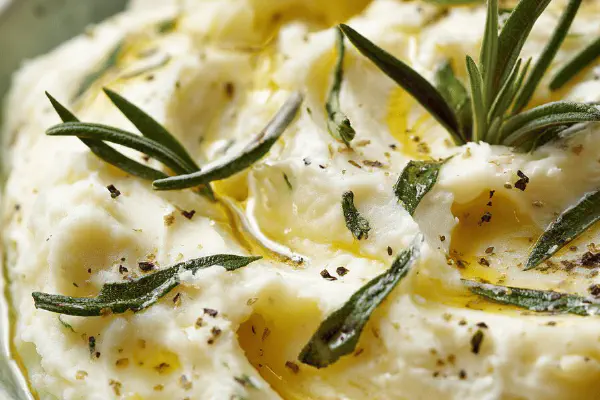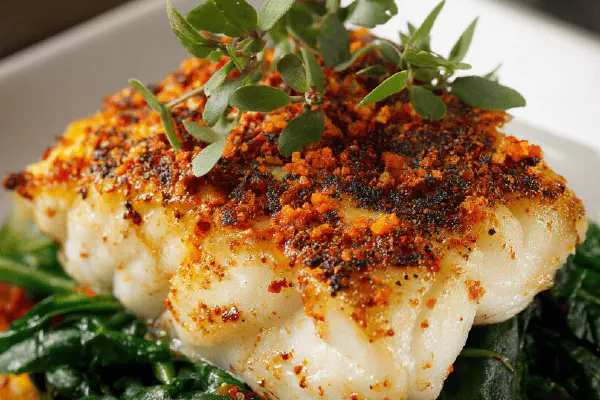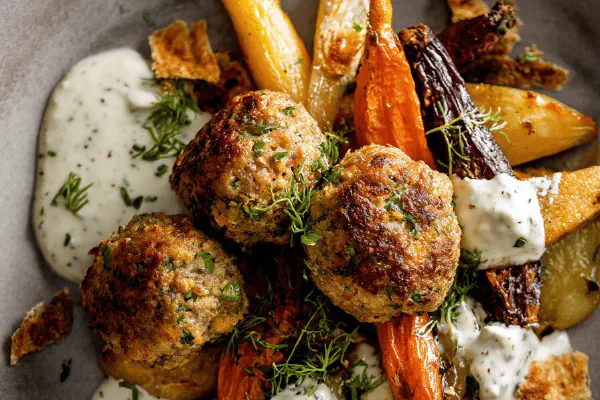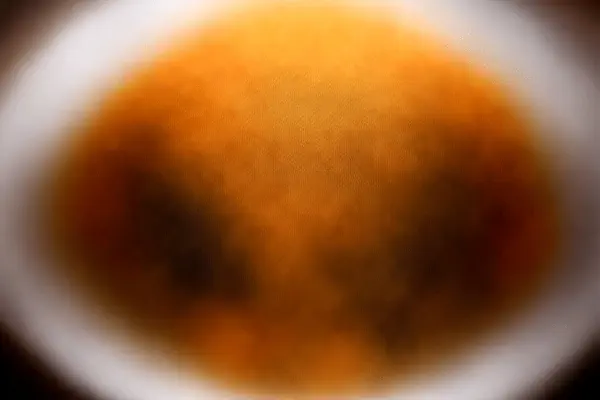Red Potato Mash Sausages
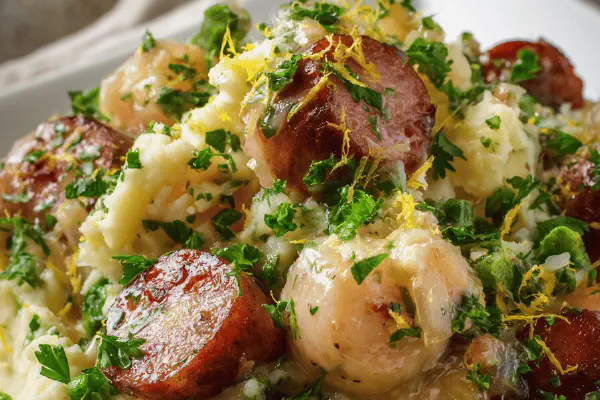
By Emma
Certified Culinary Professional
Ingredients
- 650 g (4 cups) red potatoes, unpeeled, chopped
- 3 garlic cloves, whole, peeled
- 35 g (2 1/2 tbsp) butter, divided
- 80 ml (1/3 cup) whole milk
- 4 sweet Italian sausages
- 1 small shallot, minced
- 20 ml (1 1/2 tbsp) all-purpose flour
- 400 ml (1 2/3 cup) chicken stock
- 200 g (1 1/4 cup) frozen peas, thawed
- 40 ml (2 1/2 tbsp) flat-leaf parsley, chopped
- 15 ml (1 tbsp) lemon juice
- 1 lemon, finely grated zest
About the ingredients
Method
- Start with potatoes and whole garlic cloves in cold water; salt it enough so water tastes like the sea. Bring to boil, then simmer until potatoes pierce easily with fork – 13 minutes or so. Drain well, steam off excess moisture in pot with lid off to keep mash fluffy.
- Back in pot, add 25 g butter, mash potatoes and garlic coarsely, no over-smoothing; texture matters. Pour milk gradually, stir, season with salt and pepper. Keep warm on lowest heat or cover with cloth, no drying out.
- Heat large nonstick pan to medium-low. Add remaining butter, wait till it foams but not browns. Toss in sausages and shallots. Brown evenly, flip carefully; gentle puncture with fork drains juice, avoid it to retain flavor.
- Sprinkle flour over sausages and shallot mix, stir constantly; smell changes to nutty in half minute but watch—it can burn fast. Pour in stock steadily while stirring or mix lumps catch. Crank heat to medium-high, bring to boil, then reduce to simmer. Cook sausages turning halfway until firm and cooked through – about 10 minutes total.
- Add peas, parsley, lemon juice to pan, stir briefly to warm peas, about 2 minutes. Taste sauce; adjust salt and pepper. Sauce should coat back of spoon, not runny or gloopy.
- Serve by spooning mash onto plates, set sausages atop, ladle peas and sauce over. Finish with lemon zest scattered; gives bright pop against rich flavors.
- If potatoes watery, remove lid, let steam longer before mashing. For thicker sauce, simmer extra minutes; thinner, add splash more stock. Sweet Italian sausages swap adds mild spice instead of smoky Toulouse. Parsley can be replaced with chives or tarragon for different herb layers.
Cooking tips
Chef's notes
- 💡 Peel potatoes if skins tough but usually scrub well, keep skin-on for texture and nutrients. Salt water like sea; crucial for seasoning throughout, not just at end. Garlic whole in boiling softens sharp edges, keeps aroma subtle; avoid crushing or bruising or bitterness pops. Butter split so first dose binds mash starch fine, second builds sauce richness. Milk adjustable to consistency; cream or oat milk swaps okay but watch thickness. Sausages brown gently medium-low; skin integrity vital so hold juices inside—prick minimally or not at all. Flour added after browning forms roux in pan fat; stir fast constant smell goes nutty tan, don’t burn or sauce bitter. Add stock slow or lumps; whisk or steady spoon. Peas last moment, thawed just warmed; direct heat kills pop and color. Finish herbs fresh chopped, lemon zest last second, oils release immediately. Sauce thickness judged by coating spoon back; thicker simmer longer, thinner add broth splash.
- 💡 Skip over-smoothing mash; leave body with lumps. Drain potatoes well then steam off extra moisture in pot with lid off; drying in towels sucks texture away. Mash garlic and potatoes coarsely, flavor surfaces better that way. Butter melts first in hot mash, emulsifies fast with starch; timing key. Sausages cooked with shallot on medium-low, flip gently. Avoid fork puncture or juice escapes, sausages dry out. Stir flour constantly or quickly; flour browns to toasted tan, smells right when ready. Add stock slow while stirring so lumps don’t form. Heat up to boil but reduce to simmer when sausages in; they cook through gently absorbing sauce flavors. Peas and parsley added last, lemon juice too; short stir only warms peas keeping crunch and bright green. Taste sauce often, adjust salt and pepper stepwise. Lemon zest scattered just before serving wakes both flavor and aroma.
- 💡 If sauce thickens too fast, reduce heat immediately and add more stock in tiny increments rather than all at once. Sauce can break if temp jumps too much or flour not toasted. Butter quantity split keeps mash from greasy but sauce rich. Peas never boil directly frozen or they lose crunch and color quick; thaw first in fridge or room temp. Parsley bruised gently before chopping or dries out dulls color fast. Shallots chosen over onions; milder, less sharp, keeps sauce clean. Sweet Italian sausage substitution simplifies ingredient sourcing; mild spice avoids overwhelming garlic and lemon. Mash can be warmed gently if sitting before plating; cover to avoid drying out. Sauce texture depends on stock richness; fresh stock thicker than commercial broth so reduce flour 25% to compensate. If potatoes watery, steam off longer uncovered before mashing to absorb moisture.
- 💡 Watch sausage skin for splitting; if it splits sauce loses richness, reduce heat or flip gently only without pricking. Sausage juices key part of sauce body. Roux forms glue for sauce; flour must be stirred continuously and carefully. Sauce consistency your guide, not timer; watch and taste as it thickens. If peas overcooked they dull color and mush out; quick stir and heat only. Lemon zest finely grated from fresh lemon just before plating; oils volatile and bitterness if grated too early. Parsley can be swapped with chives or tarragon for different herb layers but chop fresh and add last second. Milk substitutes possible but adjust quantities for creaminess. If lacking fresh stock, condensed broth cubes diluted work but taste often. Hot pans used for sauteing sausages but controlled to avoid burnt butter bitterness. Aromas and texture changes good doneness guides.
- 💡 Butter foams before browning; use that phase to toss in sausages and shallots gently. Smell nutty flour toast changes fast—don’t walk away. Stock added slowly to prevent lumps; whisk if needed. Simmer sauce with sausages slow cooks flavor inside, builds depth. Peas bright green after quick stir only; overheat dulls and softens. Mash white with red skins shows rustic color; skin adds earthiness and nutrients. Sausages golden brown but not blackened keeps juicy interior. Lemon juice for tang, zest for aromatic pop. Salt every step makes big difference; not just finishing touch. If sauce too thin, wait; simmer uncovered few minutes to reduce. If too thick, stock splash helps thin. Mix herbs at plate for fresh burst. Use sight, smell, feel over times. Practice adjusts coz heat and humidity vary.
Common questions
Can I peel the red potatoes?
Yes you can. Peeling reduces cooking bulk sometimes but skins add texture and nutrients. Scrub if leaving on; if skins thick peel. Skins hold shape better when mashing skin-on. Depends on your preference and potato variety.
What if sausages split while cooking?
Lower heat or flip carefully. Pricking lets juices escape which dries meat and flattens flavor. Use medium-low heat, cook longer if necessary rather than fast high temp. Keeps sausage juicy inside, skin intact.
How to fix sauce if too thick or runny?
Add stock in small amounts if thick. Simmer uncovered to reduce if runny. Roux thickness depends on flour quantity and stock richness—fresh stock thicker need less flour. Stir constantly. Taste often, adjust salt and texture.
Can I store leftovers?
Yes, mash and sauce stored separately best. Refrigerator 2-3 days. Reheat gently on low heat, add splash milk or stock if mash dry. Sauce reheated slowly to avoid splitting; frozen sausage sauce also possible but texture may shift. Peas best fresh but can be reheated briefly.
